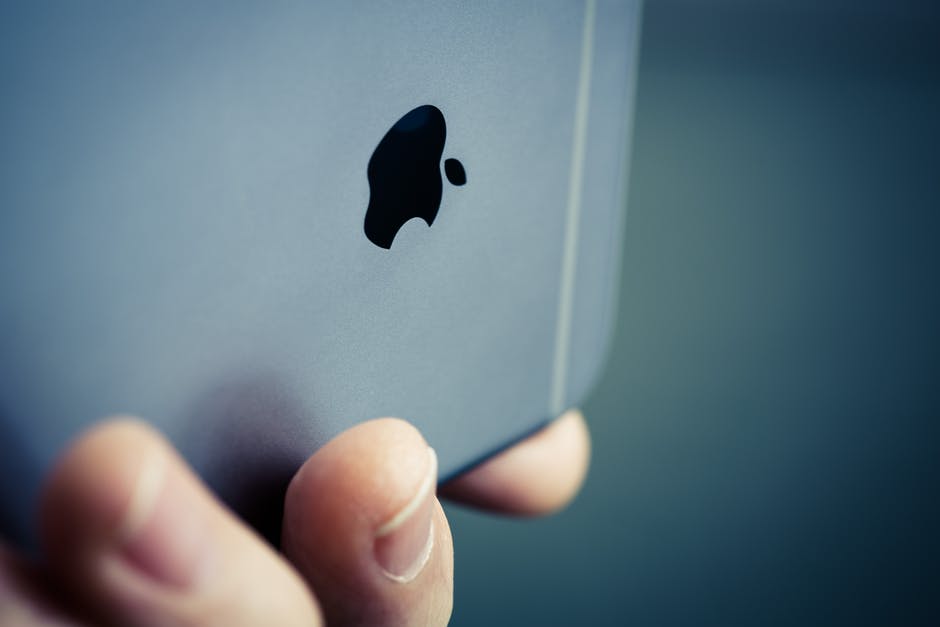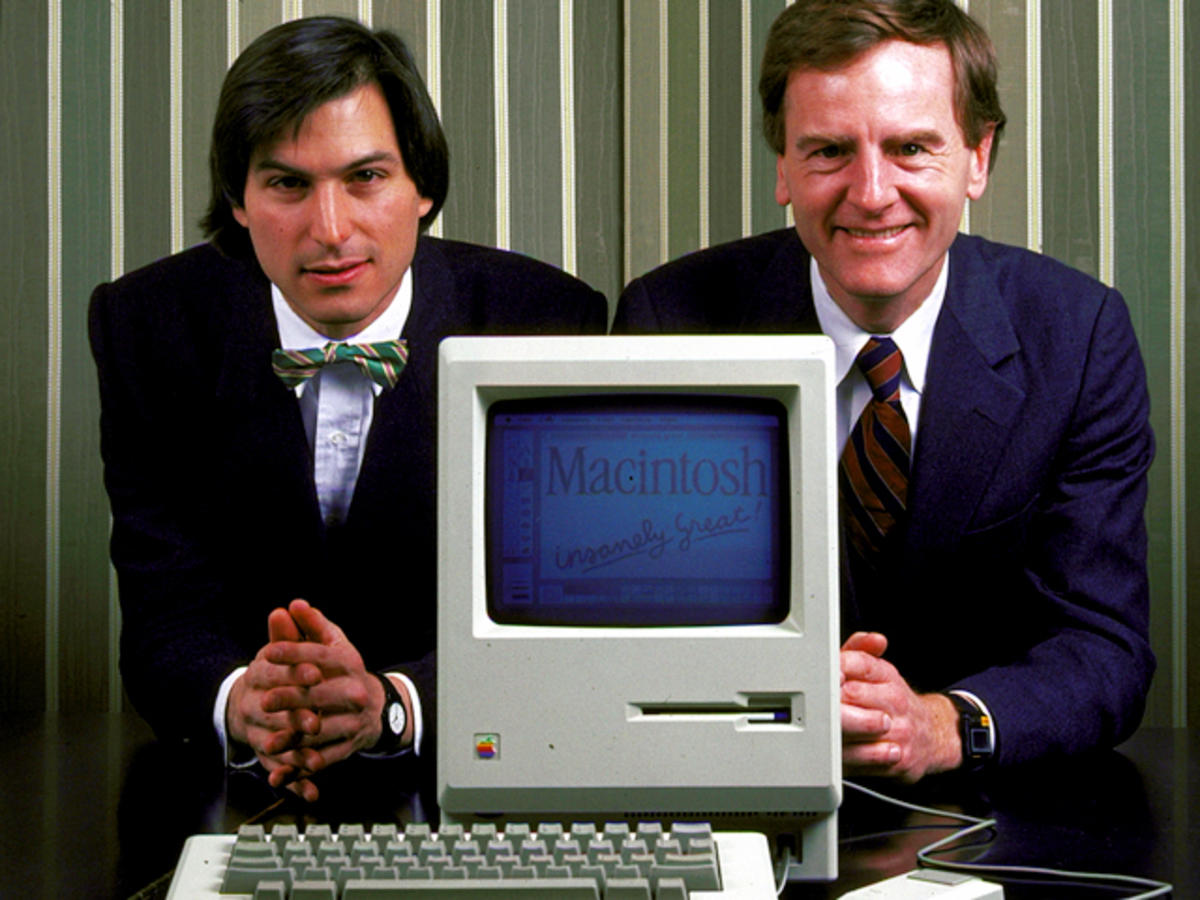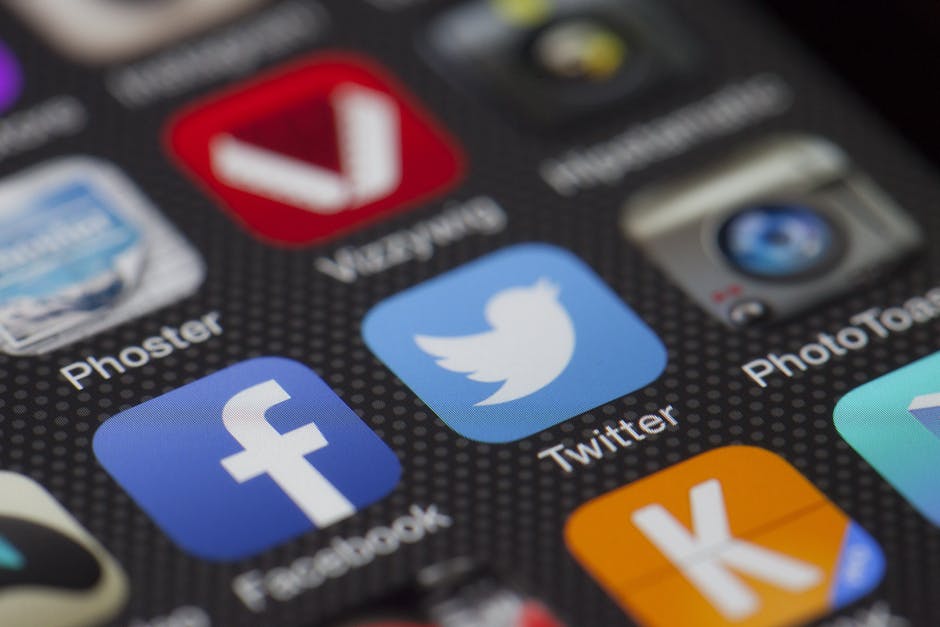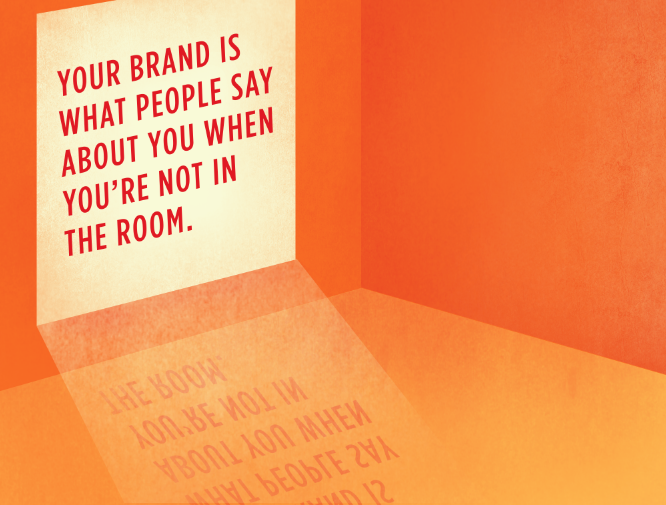By
Mark DiMassimo | 12/13/2017 | in

Inspiring Action.
People pay us to get people to do things.
And we’re really good at it.
It’s an awesome responsibility.
Changing people’s behavior.
Their decisions and habits.
That’s why we’re not a “performance marketing” agency. Or a “digital” agency. Or a “direct” agency.
That’s why we’re an Inspiring Action agency.
That’s why we only incite more inspiring actions.
And more empowering habits.
And why we use our powers to ignite growth only in organizations that promote those kinds of behaviors.
But responsibility isn’t the only reason.
People bet their careers on our results every day.
We have learned by long experience that inspiring action simply works better.
We learned by being in big, siloed agencies that undermined our results by separating us.
We learned by proving it through results.
That the two most important factors for igniting growth are Inspiration and Action.
Inspiration – is there an idea or experience at the core of the brand that inspires unreasonable passion.
Action – is there urgency and ease and flow and momentum in the funnel of actions that create even deeper engagement and customer value.
Inspiring Action ignites growth by changing behaviors. Each one of us made an inspiring decision to come together.
To use what we’ve learned to inspire action for worthy organizations.
By
Mark DiMassimo | 11/10/2017 | in

Some organizations so outperform most organizations that it seems wrong to put them in the same category.
While most organizations fail in their early years, most of the survivors also fail. Among the majority that survive, generating average growth means growing at a few percentage points per year.
Only a small minority are fast-growing companies. Of the fast-growing companies, many are in fast-growing categories. No doubt, the leaders of these companies know that they are beating the odds. Likely, they feel very successful. But the fact is that most of these companies only grow fast quickly for a limited time, and then they revert to the mean — or fail. Particularly in gold rush industries, there may be many fast-growing companies, but nearly all bubbles end in pretty much the same way. They burst.
I’ve long been fascinated with the extreme exception — the company or organization that builds an iconic brand and inspires a movement.
Most businesspeople miss the most important things that make for this kind of success. Perhaps this is because they try to reduce the life of the business to just business. Working closely with the leaders of rare outperforming, high-impact organizations, I’ve always found them to be on a mission to create something very different in the world. While the people at the top of these organizations are typically extremely savvy about business, they haven’t been so much business managers as movement leaders.
Call it “purpose” or “meaning” or “an inspiring idea” that fuels these businesses. Behavior change scientists might call it “a moral frame” that attracts, inspires and encourages the identification we measure as brand affinity, customer loyalty and advocacy.
While most businesspeople seem to judge incentives by the simple measure of whether they bring about the desired action, the leaders of these companies see incentives differently. They realize that all action is not created equal, and they appreciate that the meaning behind the behavior is actually much more important for long-term success and impact. The results of behavioral economics experiments actually bear this out.
Most business managers incentivize action, but great leaders inspire action.
Part of inspiring action is actually forgoing the easy results that could come from generating action with cheap but unaligned incentives. Don’t read that wrong — they don’t forgo the results. In fact, their results are much, much better.
It’s not the results they sacrifice. It’s the ease. Cheap tricks are common, easy to explain and relatively easy to execute. Copying your competitor’s “loyalty” program, for example.
Building a distinct and meaningful brand with an entirely integrated experience is a whole other thing entirely. It just happens to work so much better.
By
Mark DiMassimo | 11/06/2017 | in

When Steve Jobs was trying to hire John Sculley, then the CEO of Pepsi, to come and work with him at Apple, Jobs said,
“Do you want to sell sugar water for the rest of your life, or do you want to come with me and change the world?”
Sculley did leave Pepsi and join Jobs at Apple, becoming CEO. At first, it was a lovefest, but over time they clashed, leading to Jobs’ ouster from the company he had founded.
It turned out they didn’t share the same values.
For Jobs, changing the world was a moral imperative. For Sculley, the technology business was a cool consumer products business that was first and foremost a business.
This cautionary tale is a good way to introduce the topic of moral reframing. It contains all the tensions a behavior change marketer must resolve in order to successfully use this technique.
The news is that Robb Willer, a Stanford sociologist, has found that an effective way to persuade people in politics is to reframe arguments to appeal to the moral values of those holding opposing positions (https://news.stanford.edu/2015/10/12/framing-persuasive-messages-101215/).
We know from testing and experience that similar reframing works outside of the political realm as well.
For example, let’s say my company has invented a new way to get you to exercise more.
I believe that if you were to try my product, you would exercise more, be healthier, live longer and feel more energy and vitality.
In other words, in my moral universe, exercise is about health.
But, maybe my audience cares about cool experiences and being part of an “in” crowd. If I reframe my presentation of my innovation in that frame, I’ll make many more sales. My persuasive communication will be much more successful, creating much more behavior change.
If we design our experience around this frame, we’ll create much more sustainable behavior change.
So, why doesn’t this happen more often?
“Moral reframing is not intuitive to people,” Willer said. “When asked to make moral political arguments, people tend to make the ones they believe in and not that of an opposing audience – but the research finds this type of argument unpersuasive.”
Most people tend to pitch from their own frames of reference, and moral frames are the least flexible.
But, understanding the audience and employing the audience’s frame of reference is the core of successful communication.
So, let’s get back to that Steve Job’s story.
Did he know something about Sculley? Did he know that Sculley had achieved wealth, respect and power and was now looking for a legacy?
Very likely. Jobs was an excellent salesman.
Or, did Jobs just speak from his own moral frame and it happened to work in this case?
Jobs was a true believer, so this is likely.
I tend to think it was both. Jobs thought he’d found someone who was ripe to be influenced by a moral frame they could share.
This is the tension between leadership and sales, between brand and response, that must be managed.
Excessive personalization tends to obliterate integrity in the brand. By attracting people who don’t share your values, you end up with a customer, an employee – or in Job’s case, a boss – who doesn’t really share your values.
And, bad things happen.
One approach that works particularly well in politics is to look for a larger frame. This is a way to get beyond my frame or your frame.
For example, Lincoln believed “if anything is evil, slavery is evil.” Others believed “slavery is our God-given institution,” while still others believed “slavery is an evil, but it’s not worth risking war over.”
Lincoln looked for a new moral frame that could be shared by more of his audience. He found several. The first was: “A house divided against itself cannot stand.” This, from the Bible, spoke to a broad swath of Lincoln’s audience. He employed the frame he later used in the Gettysburg Address, when he argued that the Founding Fathers had already dealt with the issue of slavery, that they had worked to set it “on a course of ultimate extinction.”
At the time, respect for the Founding Fathers was very great – it was a moral frame shared by a large percentage of the audience.
So, in sum:
- Speaking from your own moral frame is integrity, but it is often ineffective integrity.
- Speaking from your audience’s moral frame is more effective, but it can be manipulative and hurt the brand.
- Finding a frame that can include both the brand’s values and the audience’s too ultimately creates the most sustainable behavior change while it builds the brand.
For our client, Weight Watchers, which believed in healthy weight, healthy lifestyle and healthy community and then found that their audience had shifted focus to healthy lifestyle, we found that their frame was already broad enough to adapt, and all that was needed was to refocus the members themselves.
For Sallie Mae, we saw that “Let’s Make College Happen” could unite all the constituencies – parents, students, guidance professionals and Sallie Mae employees – all of whom are focused on making college happen.
TradeStation was obsessively focused on the most powerful trading technology while living the Miami lifestyle. When it became clear that the audience cared about both, rather than just the awesome technology, TradeStation widened the marketing frame, and the result has been like a beautiful big blue wave.
Frame like a master, and you’ll love the results.
This has been your Behavior Change Science Update: Moral Reframing.
Happy #InspiringAction
By
Mark DiMassimo | 09/28/2017 | in

People have never had access to so many amazing tools for connecting with organizations and services that can inspire them to achieve incredible things. Not so long ago, “consumers” were out there. Marketers needed to learn about their customers and their preferences from “the channel,” the sales team, or from expensive market research. They needed to be recruited through retail or sales. It was hard to know much about them as individuals. Today, your customer holds you in her hand. Texts you. Tweets you. You are the button she pushes. You are the apps she launches. You are the tool she uses to get from here to there. Physically. Emotionally. Mentally. You are your customer’s utility. Today, consumers have unprecedented direct access to the organizations that serve them. Equally, companies have unprecedented direct access to their customers and prospects. The direct age is the age of interactive selling. It’s the age of collaboration. It’s also the age of social customer service. If your service and your story works best for inspiring action in the customer, and if that action becomes habit, then you win.
We inspire greatness in individuals and in the companies that serve them through great direct experiences that inspire action.
(more…)
By
Mark DiMassimo | 09/14/2017 | in

Branding is the process of building a coherent and distinct pattern of associations in the mind of a target audience.
When I say, “Apple,” a whole world of associations come up. When I say “Microsoft” a different world of associations come to mind. To the extent that both bring up associations, they have been “branded.” To the extent that those associations are clear, distinct, and helpful, they have been successfully branded.
Branding firms use culture, product, image, design, sound, voice, language, price, service, entertainment, celebrity, fashion, and interaction – an extremely broad range of tools – to build the brand. Today, the mission of an organization and the meaning of being associated with that mission is important to many people as well.
Too often, branding is associated with much more limited objectives. For example, logo and visual identity standards. While these are key tools for branding, they alone don’t create the brand.
Very often, when people use the word “brand” they are referring to what the company thinks and says about itself.
But brand is what other people say about you when you are not in the room. Brand is about what your audience feels about you in their heart of hearts. Your brand is not what you tell people it is, your brand is what people tell people it is. What you say is just your attempt to affect that understanding.
Today, brands are built by great products and services, first and foremost. In a world of online reviews, advertising and spin cannot trump a predominance of bad experiences. Not everyone, but your target audience must be delighted.
By
Mark DiMassimo | 09/05/2017 | in

I can’t remember when I first became fascinated with brands, but I know I was just a young child. Back then, Cheerios and Wheaties, Esso and Shell, Little Friskies cat food, Avis Rent-a-Car, were like cartoon characters to me. They had distinct personalities and I felt like I knew them, just like I knew the characters in my favorite shows.
From the brands I learned to love on TV to the more mature brands I later grew to love. The rock bands I worshipped. The threat and allure of Disco, Punk, New Wave and beyond. The religions I was pitched at school, in the streets and at my front door. My first credit cards from Citibank and American Express. Nike and Apple.
What art form gives you all the senses to work with? Sight. Sound. Smell. Hearing. Touch. And story, imagination and emotion too?
The dream began to form in me of building brands the way Picasso made paintings, the way Frank Lloyd Wright made buildings, the way Edison made inventions. Could I give thought to every touch point, and express a distinct and attractive personality that would remain consistent without ever being boring or trite?
I wanted to learn from the best, so I went to work for the best in the business. I chose as my clients entrepreneurial masters of brand building. I never thought of myself as the master, but only as student and servant. I practiced my craft obsessively. I stayed up nights writing. I read every book. I invited my heroes to lunch, always trying to learn a bit more, to add another key.
Yes, all of that time, I was a direct marketer. All of that time, I was measured by how well my work pulled, by beating controls, by winning tests, by conquering the A/B splits.
I learned all the tricks, but my greatest trick of all and the most effective was the ability to evoke emotion through brand. “A great brand idea is the ultimate response device,” I said. And I proved it repeatedly.
I’ve watched a lot of direct brands and careers die since then. Simultaneously, I’ve watched the great direct-led brands become the leading brands of our time. American Express, Apple, Amazon, Airbnb … and that’s just the A’s!
Remember, if you are in the business of selling directly, don’t merely sell. Build a rich, evocative, emotional brand. Use every touch point to differentiate. Err on the side of too much personality. Crush apathy. Make objectivity impossible.
Just as I do, so many wildly successful marketers remember their first journey of brand discovery as the true commencement of their marketing careers. They look back on that quest to uncover the insight that can change and organize everything going forward. The way they followed the data to the customer journey and came back with the golden insight, then mined that inspiring idea for all it was worth.
It’s a revolution in a brand, in a business and in a marketer’s career. In fact, many marketers have told me, “That’s when I first felt like a real marketer.”
Let’s do marketing for real. Let’s build a masterpiece.
By
Mark DiMassimo | 08/20/2017 | in
The following post is an excerpt from Digital@Speed, authored by digital marketing guru Mark DiMassimo. Visit the official website here to download your free copy today.

Optimizers have a way of seeing.
If I can’t get this across to you, then nothing else in this book will get you all the way there. You have to be able to project things forward in your mind. Like a chess master, to think trough the next few moves. You have to develop a feel for how things might go. The truth is, we all have this radar. It’s just human instinct. But some of us have better access to it than others.
This has been scientifically proven. If a threat – say a rat or a coyote – enters your peripheral vision, your little hairs will stand on end before you even consciously know what’s going on. Something in you knew, and reacted.
We know. Even when we think we don’t. Even when we’re so invested in the idea that we don’t that we’d swear to it ten ways to Sunday. We know.
We need a way of getting it out. I write a journal. I meditate. I play devil’s advocate with my partners and ask them to do the same with me. I indulge in focused worry sessions, to make sure i’m not missing anything.
Project forward, and optimize.
By
Mark DiMassimo | 08/17/2017 | in
The following post is an excerpt from Digital@Speed, authored by digital marketing guru Mark DiMassimo. Visit the official website here to download your free copy today.

Too many people are failing for hunting with a fishing pole.
Let’s say you’ve gotten this far in life on your fishing skills. But the waters are all fished out and the hunters are bringing home the big dinners now. Do you get advice, read all you can about hunting, find a guide or partner to lead you? Or do you just head off into the woods with your fishing pole and tackle?
Of course not. If you are with me to this point, you of course recognize this as absurd. And yet we all do this in some part of our lives, very likely in more than one. The fact is it’s so hard to keep track of the things we know that it’s impossible to even learn the names and categories of all the things we don’t know.
And knowing is just the first step. Accepting is another thing entirely. Knowing what to do about it is a third. If the thing you don’t know is a fatal flaw such as not knowing how to judge character and quality in people, then that’s going to dog you no matter what you do. You are going to need to address that directly, as quickly and as energetically as you can. You’re going to need to get the best help you can with that, because it will be like driving with the emergency brake on- it not only slows you down, it also stinks.
Work as hard as you can on getting to know what you don’t know. If you don’t know marketing, find someone to trust. Of course you need to learn and check with other advisors, but you want to try to develop trust and a good relationship with a key advisor. Look for proof, for measures of success that make sense, but delegate real responsibility and authority.
Create a real partnership and let it flower.









